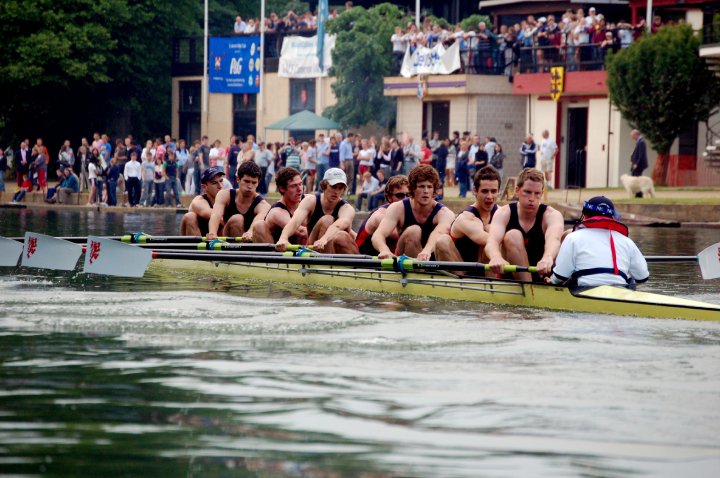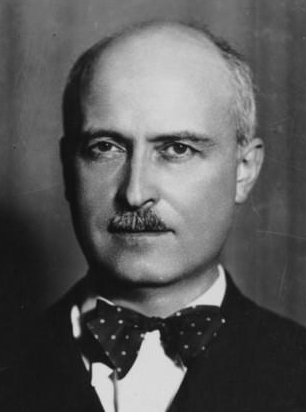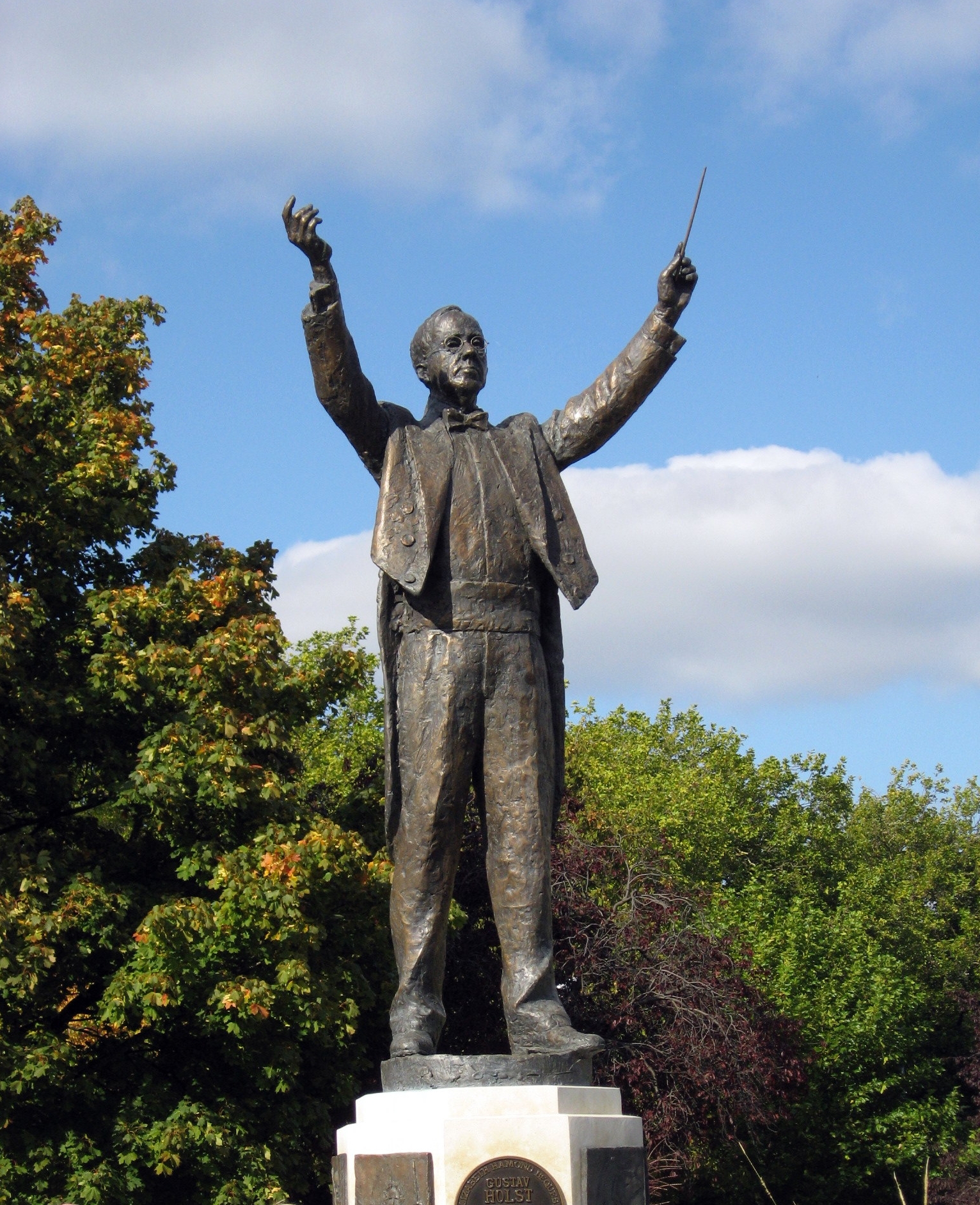|
Louise Hanson-Dyer
Louise Berta Mosson Hanson-Dyer (19 July 1884 – 9 November 1962) was an Australian music publisher and patron of the arts. Biography She was born Louise Berta Mosson Smith in Melbourne, the daughter of Louis Smith, a medical practitioner and parliamentarian. Her brother was Sir Harold Gengoult Smith, the Lord Mayor of Melbourne from 1931 to 1934. She was a talented pianist, studying at the Albert Street Conservatorium, then from 1907 to 1908 in London and Edinburgh. She married James Dyer, a Scottish businessman 27 years her senior, in 1911. Dyer had an active social life, being president of the Presbyterian Ladies' Old Scholars from 1919 to 1921 and from 1924 to 1926. She was also an active member of the Alliance Française. She was a generous patron of the arts who organised private concerts of Baroque music, especially French. She was the major force in establishing the British Music Society of Victoria in 1921. In 1924, she helped John Shaw Neilson publish his first ... [...More Info...] [...Related Items...] OR: [Wikipedia] [Google] [Baidu] |
Louise Dyer Ca
Louise most commonly refers to: * Louise (given name) Louise or Luise may also refer to: Arts and entertainment Songs * "Louise" (Maurice Chevalier song), 1929 * "Louise", by The Yardbirds from the album ''Five Live Yardbirds'', 1964 * "Louise", by Paul Revere & the Raiders from the album '' The Spirit of '67'', 1966 * "Louise", by Paul Siebel from the album '' Woodsmoke and Oranges'', 1970 * "Louise", by Leo Kottke from the album ''Greenhouse'', 1972 * "Louise" (The Human League song), 1984 * "Louise", by Clan of Xymox from the album ''Medusa'', 1986 * "Louise", by NOFX from the album '' Pump Up the Valuum'', 2000 * "Louise" (Bonnie Tyler song), 2005 * "Louise", by Taylor Hawkins and the Coattail Riders from the album ''Taylor Hawkins and the Coattail Riders'', 2006 * "Louise" (Jett Rebel song), 2013 * Louise, by TV Girl, from '' French Exit'' Other arts and entertainment * ''Louise'' (2003 film), a Canadian animated short film by Anita Lebeau * ''Louise'' (opera), an ope ... [...More Info...] [...Related Items...] OR: [Wikipedia] [Google] [Baidu] |
Peggy Glanville-Hicks
Peggy Winsome Glanville-Hicks (29 December 191225 June 1990) was an Australian composer and music critic. Biography Peggy Glanville Hicks, born in Melbourne, first studied composition with Fritz Hart at the Albert Street Conservatorium in Melbourne. There she also studied the piano under Waldemar Seidel. She spent the years from 1932 to 1936 as a student at the Royal College of Music in London, where she studied piano with Arthur Benjamin, conducting with Constant Lambert and Malcolm Sargent, and composition with Ralph Vaughan Williams. (She later asserted that the idea that opens Vaughan Williams' 4th Symphony was taken from her Sinfonietta for Small Orchestra (1935), and it reappears in her 1953 opera '' The Transposed Heads''). Her teachers also included Egon Wellesz, in Vienna, and Nadia Boulanger, in Paris. She was the first Australian composer whose work, her Choral Suite, was performed at an International Society for Contemporary Music (ISCM) Festival (1938). Fr ... [...More Info...] [...Related Items...] OR: [Wikipedia] [Google] [Baidu] |
Balliol College, Oxford
Balliol College () is a constituent college of the University of Oxford. Founded in 1263 by nobleman John I de Balliol, it has a claim to be the oldest college in Oxford and the English-speaking world. With a governing body of a master and around 80 fellows, the college's main buildings are located on Broad Street with additional buildings to the east in Jowett Walk and Holywell Manor. As one of the larger colleges of Oxford University, Balliol typically has around 400 of both undergraduates and graduates. The college pioneered the Philosophy, politics and economics, PPE degree in the 1920s. Balliol has #People associated with Balliol, notable alumni from a wide range of disciplines. These include 13 Nobel Prize winners and four List of prime ministers of the United Kingdom by education, British prime ministers. History and governance Foundation and origins Balliol College was founded in about 1263 by John I de Balliol under the guidance of Walter of Kirkham, the Bishop of Du ... [...More Info...] [...Related Items...] OR: [Wikipedia] [Google] [Baidu] |
Legion Of Honour
The National Order of the Legion of Honour ( ), formerly the Imperial Order of the Legion of Honour (), is the highest and most prestigious French national order of merit, both military and Civil society, civil. Currently consisting of five classes, it was originally established in 1802 by Napoleon, Napoleon Bonaparte, and it has been retained (with occasional slight alterations) by all later French governments and regimes. The order's motto is ' ("Honour and Fatherland"); its Seat (legal entity), seat is the Palais de la Légion d'Honneur next to the Musée d'Orsay, on the left bank of the Seine in Paris. Since 1 February 2023, the Order's grand chancellor has been retired General François Lecointre, who succeeded fellow retired General Benoît Puga in office. The order is divided into five degrees of increasing distinction: ' (Knight), ' (Officer), ' (Commander (order), Commander), ' (Grand Officer) and ' (Grand Cross). History Consulate During the French Revolution, all ... [...More Info...] [...Related Items...] OR: [Wikipedia] [Google] [Baidu] |
Henri Sauguet
Henri-Pierre Sauguet-Poupard (18 May 1901 – 22 June 1989) was a French composer. Born in Bordeaux, he adopted his mother's maiden name as part of his professional pseudonym. His output includes operas, ballets, four symphonies (1945, 1949, 1955, 1971), concertos, chamber and choral music and numerous songs, as well as film music. Although he experimented with musique concrète and expanded tonality, he remained opposed to particular systems and his music evolved little: he developed tonal or modal ideas in smooth curves, producing an art of clarity, simplicity and restraint. Career Sauguet started learning the piano at home when he was five years old. Later he was taught by the organist of the church of Sainte-Eulalie de Bordeaux. On the mobilization of his father in 1914, he was required to earn a living at a very young age. Eventually employed by the Prefecture of Montauban in 1919–1920, he formed a friendship with Joseph Canteloube, a former pupil of Vincent d'Indy. Tog ... [...More Info...] [...Related Items...] OR: [Wikipedia] [Google] [Baidu] |
Albert Roussel
Albert Charles Paul Marie Roussel (; 5 April 1869 – 23 August 1937) was a French composer. He spent seven years as a midshipman, turned to music as an adult, and became one of the most prominent French composers of the interwar period. His early works were strongly influenced by the Impressionism in music, Impressionism of Claude Debussy, Debussy and Maurice Ravel, Ravel, while he later turned toward Neoclassicism (music), neoclassicism. Biography Born in Tourcoing (Nord (French department), Nord), Roussel's earliest interest was not in music but mathematics. He spent time in the French Navy, and in 1889 and 1890, he served on the crew of the frigate ''Iphigénie'' and spent several years in Cochinchina, southern Vietnam. These travels affected him artistically, as many of his musical works would reflect his interest in far-off, exotic places. After resigning from the Navy in 1894, he began to study harmony in Roubaix, first with Julien Koszul (grandfather of composer H ... [...More Info...] [...Related Items...] OR: [Wikipedia] [Google] [Baidu] |
Darius Milhaud
Darius Milhaud (, ; 4 September 1892 – 22 June 1974) was a French composer, conductor, and teacher. He was a member of Les Six—also known as ''The Group of Six''—and one of the most prolific composers of the 20th century. His compositions are influenced by jazz and Brazilian music and make extensive use of polytonality. Milhaud is considered one of the key modernist composers.Reinhold Brinkmann & Christoph Wolff, ''Driven into Paradise: The Musical Migration from Nazi Germany to the United States'' (Berkeley, California: University of California Press, 1999), 133. . He taught many future jazz and classical composers, including |
Charles Koechlin
Charles-Louis-Eugène Koechlin (; 27 November 186731 December 1950), commonly known as Charles Koechlin, was a French composer, teacher and musicologist. Among his better known works is '' Les Heures persanes'', a set of piano pieces based on the novel ''Vers Ispahan'' by Pierre Loti and The Seven Stars Symphony, a 7 movement symphony where each movement is themed around a different film star (all Silent era stars) who were popular at the time of the piece's writing (1933). He was a political radical all his life and a passionate enthusiast for such diverse things as medieval music, ''The Jungle Book'' of Rudyard Kipling, Johann Sebastian Bach, film stars (especially Lilian Harvey and Ginger Rogers), traveling, stereoscopic photography and socialism. He once said: "The artist needs an ivory tower, not as an escape from the world, but as a place where he can view the world and be himself. This tower is for the artist like a lighthouse shining out across the world." Life and c ... [...More Info...] [...Related Items...] OR: [Wikipedia] [Google] [Baidu] |
Vincent D'Indy
Paul Marie Théodore Vincent d'Indy (; 27 March 18512 December 1931) was a French composer and teacher. His influence as a teacher, in particular, was considerable. He was a co-founder of the Schola Cantorum de Paris and also taught at the Paris Conservatoire. His students included Albéric Magnard, Albert Roussel, Arthur Honegger, Darius Milhaud, Yvonne Rokseth, and Erik Satie, as well as Cole Porter. D'Indy studied under composer César Franck, and was strongly influenced by Franck's admiration for German music. At a time when nationalist feelings were high in both countries (circa the Franco-Prussian War of 1871), this brought Franck into conflict with other musicians who wished to separate French music from German influence. Life Paul Marie Théodore Vincent d'Indy was born in Paris into an aristocratic family of royalist and Catholic persuasion. His great-grandfather was the politician . He had piano lessons from an early age from his paternal grandmother, who passed h ... [...More Info...] [...Related Items...] OR: [Wikipedia] [Google] [Baidu] |
Jacques Ibert
Jacques François Antoine Marie Ibert (15 August 1890 – 5 February 1962) was a French composer of 20th-century classical music, classical music. Having studied music from an early age, he studied at the Conservatoire de Paris, Paris Conservatoire and won its top prize, the Prix de Rome at his first attempt, despite studies interrupted by his service in World War I. Ibert pursued a successful composing career, writing (sometimes in collaboration with other composers) seven operas, five ballets, incidental music for plays and films, works for piano solo, choral works, and chamber music. He is probably best remembered for his orchestral works including ''Divertissement (Ibert), Divertissement'' (1930) and ''Escales (Ibert), Escales'' (1922). As a composer, Ibert did not attach himself to any of the prevalent genres of music of his time, and has been described as an eclectic. This is seen even in his best-known pieces: ''Divertissement'' for small orchestra is lighthearted, even fri ... [...More Info...] [...Related Items...] OR: [Wikipedia] [Google] [Baidu] |
Gustav Holst
Gustav Theodore Holst (born Gustavus Theodore von Holst; 21 September 1874 – 25 May 1934) was an English composer, arranger and teacher. Best known for his orchestral suite ''The Planets'', he composed many other works across a range of genres, although none achieved comparable success. His distinctive compositional style was the product of many influences, Richard Wagner and Richard Strauss being most crucial early in his development. The subsequent inspiration of the English folk music#Folk revivals 1890–1969, English folksong revival of the early 20th century, and the example of such rising modern composers as Maurice Ravel, led Holst to develop and refine an individual style. There were professional musicians in the previous three generations of Holst's family, and it was clear from his early years that he would follow the same calling. He hoped to become a pianist, but was prevented by neuritis in his right arm. Despite his father's reservations, he pursued a c ... [...More Info...] [...Related Items...] OR: [Wikipedia] [Google] [Baidu] |
Joseph Canteloube
Marie-Joseph Canteloube de Malaret (; 21 October 18794 November 1957) was a French composer, musicologist, and author best known for his collections of orchestrated folksongs from the Auvergne (province), Auvergne region, ''Chants d'Auvergne''. Biography Canteloube was born in Annonay, Ardèche, into a family with deep roots in the Auvergne (province), Auvergne region of France. He studied piano from the age of six with Amélie Doetzer, a friend of Frédéric Chopin. After earning his ''baccalauréat'', he worked at a bank in Bordeaux. Upon his father's death in 1896, he returned to his family home in Malaret (Annonay), remaining there until his mother's death in 1899, and then beyond as sole owner of the estate. In 1901, after a period of silence and mourning, Canteloube married Charlotte Marthe Calaret, who gave birth to twins Pierre and Guy in 1903. He began studying with Vincent d'Indy via correspondence in 1901, reluctant to leave Malaret. With d'Indy's constant urging, he ... [...More Info...] [...Related Items...] OR: [Wikipedia] [Google] [Baidu] |







